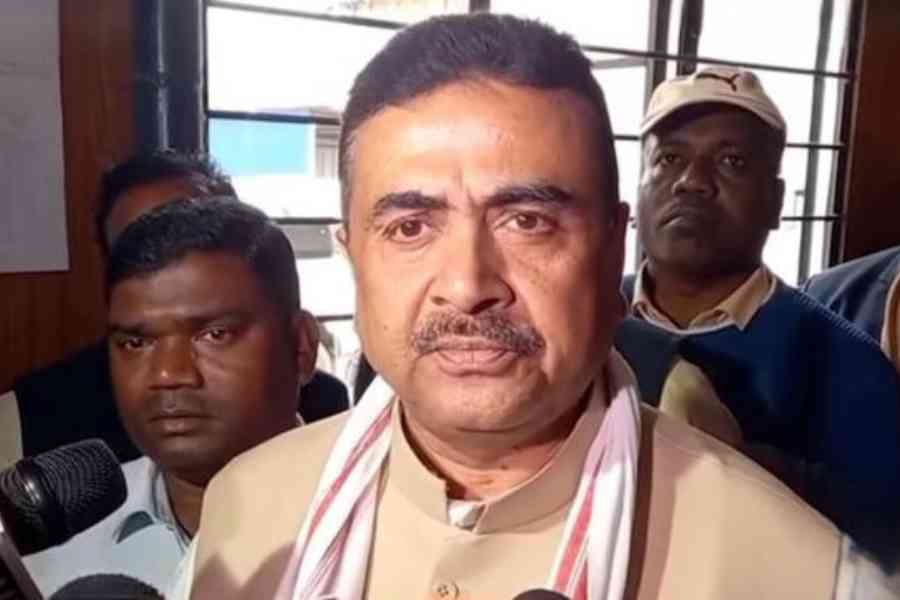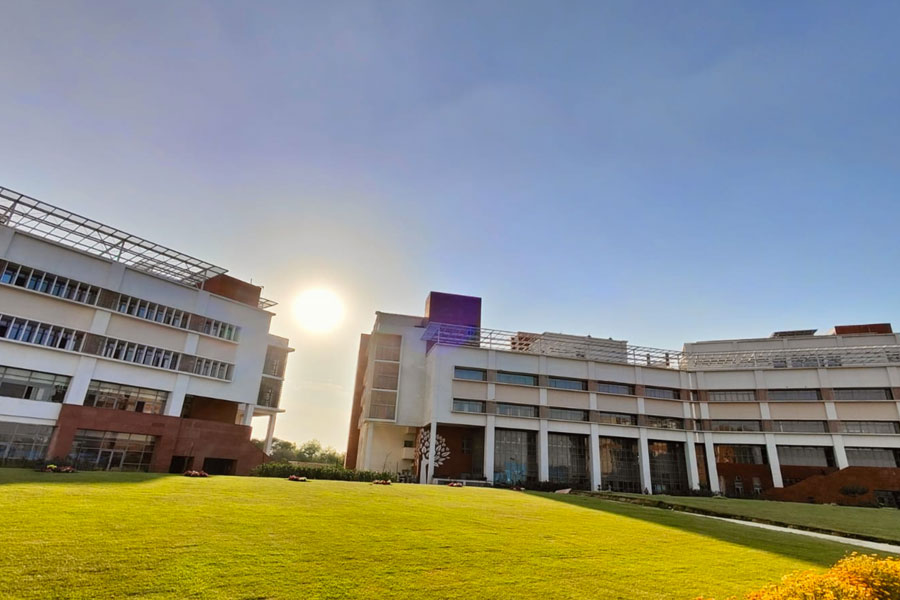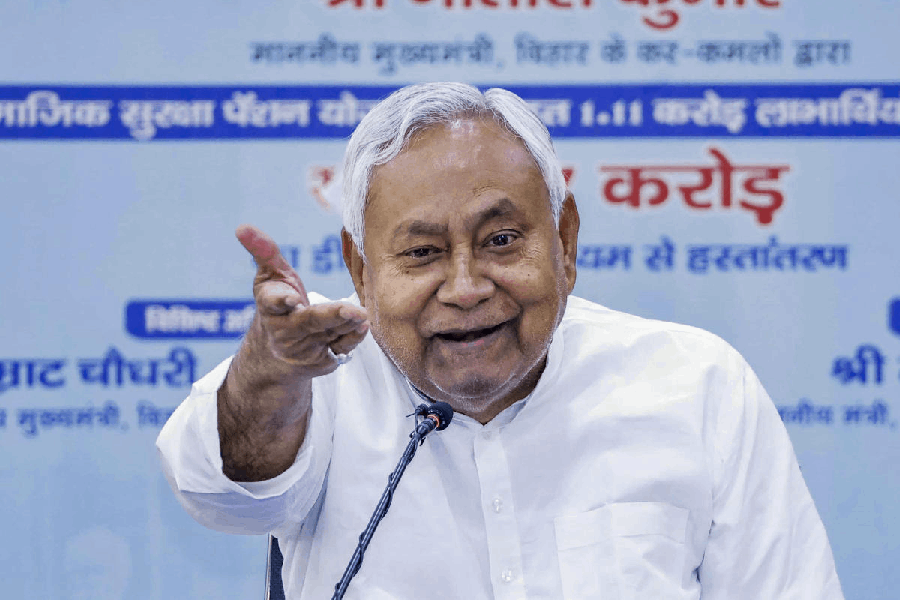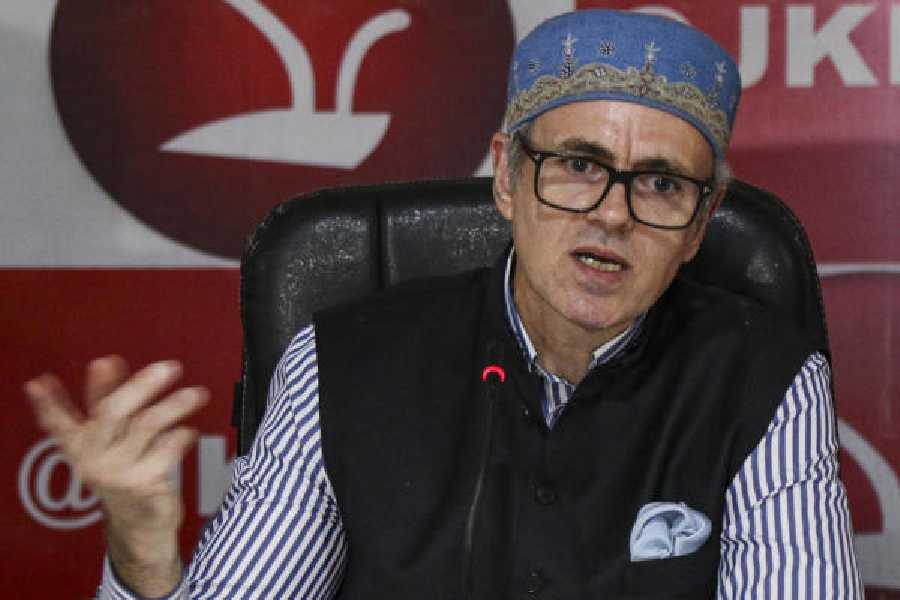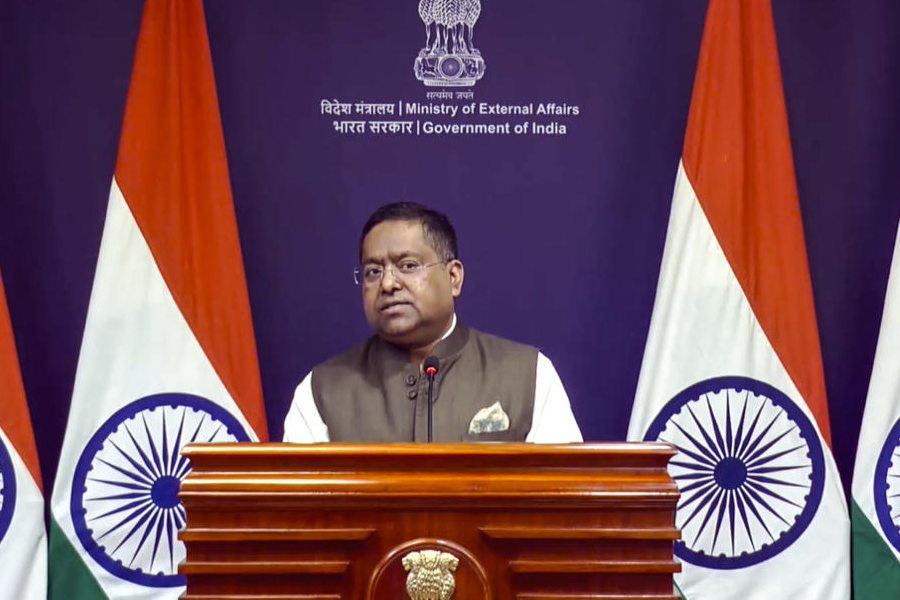 |
Sitting in his plush office at the India TV studios in Noida, Rajat Sharma welcomes visitors with the smile of a complacent man. The sting thing doesn?t seem to have had any effect on his disposition whatsoever.
Rather, his face ? familiar to millions courtesy Aap ki Adalat, his brainchild that defined Indian talk show norms in the Nineties ? glows with the sort of pride that comes naturally with accomplishment. ?Our programme is the most-viewed slot among TV news channels in India,? he says.
For a young boy, who once dreamt big while sharing a 10x10 room in a dingy Old Delhi lane with nine other members of his family, that?s definitely a long journey. From the days when he couldn?t afford a bus ticket to school, Sharma now employs 400-odd people in an office that buzzes round the clock with beelike precision.
Sharma says his entry into journalism happened by chance. In fact, while studying at the Shri Ram College of Commerce in Delhi, he aspired to become a chartered accountant or a banker. Then, having begun to take an active interest in business and politics, he also contemplated taking up a lecturer?s job, since it would leave him with enough time to pursue his interests, while earning him a decent pay cheque at the end of the month. Journalism was nowhere on his agenda till then.
It was during the days immediately after his MCom examinations in 1982, that Sharma happened to land the job of a trainee researcher at a syndicated service called Richa Features. ?I was earning Rs 400 a month then,? he says.
Graduating from researcher to reporter happened by chance. ?One day, I had left an article of mine with D.M. Silveira, editor of the Onlooker magazine. The next day, I got a call from him, asking me if I could join his publication for a salary of Rs 800,? he says. Sharma?s rise through the ranks of Onlooker was phenomenal. From a trainee reporter in 1982, he rose to be the chief of bureau in 1984. ?In 1985, I was made the editor of the magazine and subsequently shifted to Bombay. I was all of 28 then,? Sharma laughs.
The early success had its own drawbacks. ?People simply kept judging me by my age,? he says. ?Dom Moraes once stormed out of my office when he saw the ?tiddly? lad that I was. Besides, though I was getting offers from major dailies, I refused simply because I didn?t want to give up my editor?s designation for anything less.?
However, that didn?t stop Sharma from breaking one sensational story after another. ?I did stories on everyone from Raj Sethia, once the world?s biggest bankrupt, to Ottavio Quattrocchi,? he says. In 1988, Sharma switched from the fortnightly magazine to the weekly Sunday Observer, and a year later, he took the plunge in the daily newspaper industry, joining The Daily in Bombay.
It was on a flight that he met Subhash Chandra of Zee TV and casually floated the idea of a TV show that would pit the who?s who of the country against the junta, giving the latter a chance to cut the top brass to size.
?When Chandra later called me up asking whether I would like to host the show, I simply couldn?t believe him,? Sharma says. With a little bit of persuasion, he agreed, and Aap ki Adalat went on air on March 13, 1992, featuring Laloo Prasad Yadav, then chief minister of Bihar.
Five years and many episodes later, Sharma parted ways with Zee TV ? for whom he had also produced the news bulletin Zee News ? to tie up with Star TV. Meanwhile, he had also floated Independent News Service, his own production company. Aap ki Adalat was rechristened Janta ki Adalat and, coupled with other programmes such as Aaj ki Baat, gave Sharma a national profile, prodding him to think big.
?It was in 2002 that I finally thought of having my own channel,? says Sharma. ?India TV was the end product of my dreams.?
Reportedly valued at Rs 100 crore, the outfit hopes to give other channels a run for their money, with or without raising a few eyebrows. For in the race to notch up TRP ratings, everything is fair. The warning notes have been sounded. For Rajat Sharma, this could well be the beginning of a whole new battle.


